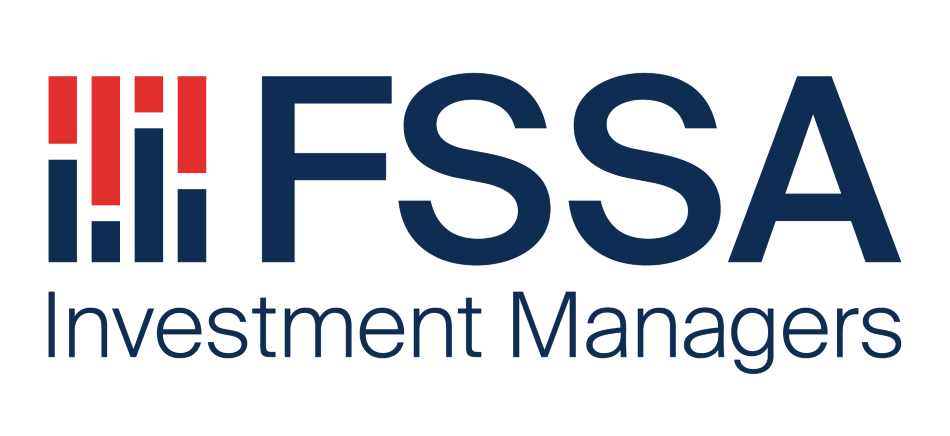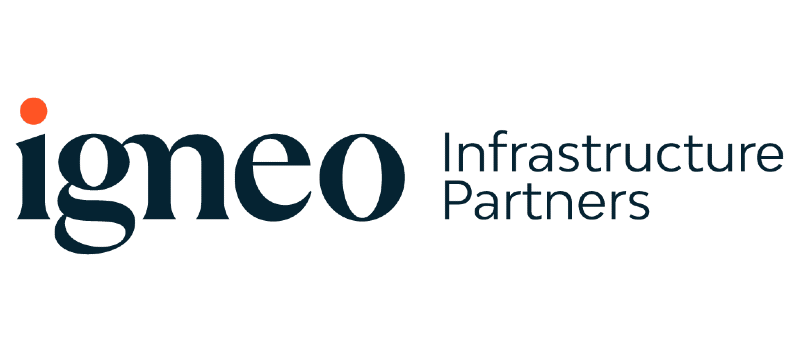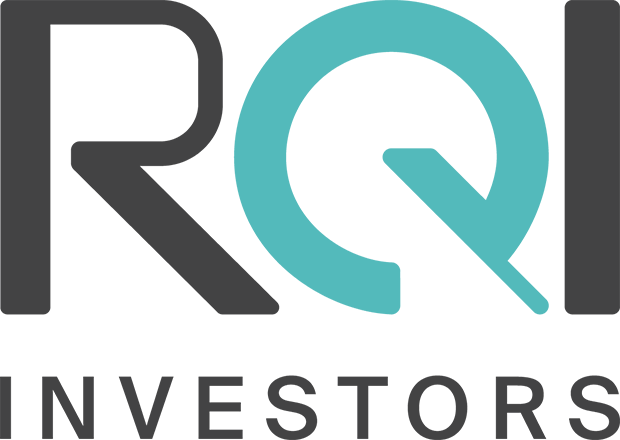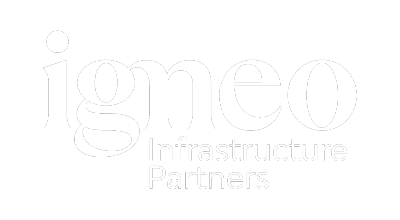Showing 1 to 26 of 26 results.
This has been an unprecedented time which continues to evolve from a markets and Covid-19 perspective. Please tune in to a panel discussion with FSSA’s lead portfolio managers: Alistair Thompson, Director; Martin Lau, Managing Partner andVinay Agarwal, Director.
Once again, 2021 was a year full of surprises and challenges, with ongoing Covid disruptions and China turning from a global outperformer to underperformer. The Chinese government’s policy crackdowns, especially in the internet, education and property sectors, were sudden and dramatic. Meanwhile, inflation globally has moved from “transitory” to an ongoing threat to stability, coercing central banks like the US Federal Reserve to tighten from record levels of money supply, with its dampening effect being felt on correspondingly high stock prices. Fed tightening will likely affect Hong Kong markets as well, given the city’s currency and interest rates linkage to the US. Over the past year, the Hang Seng Index has underperformed the Shanghai Composite by nearly 20 percentage points, mostly in the second half of 2021 as US inflation heated up, and the premium of A-shares over H-shares widened for large companies listed in both markets. The year ahead also looks like a mixed picture — China is turning more accommodative in its policies but new Covid variants and persistent inflation remain key risks. The question on many investors’ minds is whether China can claw back its strong performance of previous years, which seems fitting as we enter the year of the tiger in the Chinese horoscope.
Despite China being the first country to face the challenges of Covid, early optimism around its control over the virus seems to have waned. As Chinese cities and provinces continue to battle against new variants and local surges, consumer spending is down and the economy is starting to slow. On top of that, there have been increasingly cumbersome regulations on Chinese technology companies, the medical sector and the property market – the latter causing the implosion of a number of property developers late last year. The Chinese government has now shifted to a more accommodating stance in a bid to stabilise the economy. But its “Common Prosperity” goal and zero-Covid policy is likely here to stay. Against this backdrop, FSSA’s portfolio managers discuss their views about the changing opportunity set in China – and how they have positioned the team’s China portfolios to tap into the longer-term growth story.
The China equity market includes a myriad of share classes, each with distinct characteristics.
China made headlines for watering down coal reduction targets during COP26 , but we think the criticism is unfair. The nation’s own targets set by President Xi Jinping last year – for peak emissions before 2030 and carbon neutrality by 2060 – are still ambitious and noteworthy considering China’s faster economic growth compared to developed countries. Much of China’s carbon-intensive activities over the years, especially in manufacturing, had been outsourced from the West. This makes China’s goals more impressive, considering the scale of change the country needs to make while retaining many of its core industries. And more domestic companies are taking steps to reduce emissions, which suggests the direction of travel is positive and still gathering steam.
Firstly, regulations are nothing new — it has always been a part of the investment equation. If we look at Hong Kong or Singapore for example, the government would introduce new regulations on the property market from time to time; and in China, the government has introduced a number of new regulations for banks and insurance companies over the years. In fact, last year the government changed the pricing policy on automobile insurance, affecting quite a few Chinese general insurers. Therefore, regulation risk is always something to consider. Secondly, we believe the Chinese government has indeed changed — in terms of their priorities and focus — over the last three to four years. China was particularly focused on economic growth previously; and by all accounts, China has been a major economic miracle. From poverty, it has become the second-largest economy in the world. However, in recent years under the leadership of President Xi Jinping, the Chinese government has started to focus much more on social stability and equality. Thus, the underlying spirit of the recently announced regulations seems to be targeting wealthy entrepreneurs and conglomerates. The goal is to help improve the lives of workers, for parents to ease their burden with children, and so forth. Then, there is the environmental aspect too, with the Chinese government increasingly focused on pollution and carbon neutrality. From that perspective, it certainly looks like the Chinese government is becoming more socialist than it was before. I think that is the trend and to some extent, investors will need to acknowledge and accept it when investing in China.
The pandemic has accelerated certain long-term shifts in consumer behaviour, such as using more online orders for everything from clothing to food. The latest battleground appears to be groceries, but the disrupter emerged from a not-so-new technology — WeChat groups. China’s online e-commerce giants such as Meituan and Pinduoduo are now taking market share from the traditional grocers via community group buying (CGB), which began only four years ago and went mainstream during Covid-19. In this form of e-commerce, leaders of WeChat — or other platforms which recently entered the market — collect orders and have the goods delivered the next day to pick-up spots in their members’ communities. In between, the orders are aggregated by the platforms and transmitted to the upstream suppliers which deliver the goods.
China’s e-commerce and online services were among the few bright spots against the dismal economic backdrop this year. Many companies reported a surge in online sales during Covid that has remained elevated even as the number of cases fell and lockdown measures eased. While sales at China’s bricks-and-mortar retailers fell by 19% over the first quarter, online shopping grew by 6% over the same period.
What will 2021 look like for China? 2021 will be a year of recovery. This is not surprising given last year’s economic downturn. If vaccines are being rolled out gradually during the year, we believe the economy will recover, especially those sectors that have been hit hard like travel. Hong Kong’s travel sector declined by 99.9% last year so there really isn’t much room left to decline.
In April 2019, we published an article titled ‘China’s Inclusion in the Bloomberg Barclay’s Global Aggregate Index’ where we discussed the implications of such a move. Just a year later and a lot has changed in the world and some of the points made in the research piece last year are worth revisiting.
While the pandemic is still far from over, a number of key leading indicators point to a healthy and broad-based recovery in China. Industrial production, trade activity and retail sales have been strong; and in stark contrast to the lockdowns and travel restrictions in early 2020, domestic travel, tourism and the leisure sectors in China have sprung back to life.
In our last client update, written through the depths of Covid-despair, we observed that real life and the world of markets are seldom so intimately entwined. With markets swinging violently to the downside on a riptide of fear, it was clear even then that activity was being driven by short-term anxiety rather than a real evaluation of Asia’s longer-term value-accretion prospects.
An overview of the Asian Equity Plus and Asia Pacific Small-Caps strategies in August 2020.
In almost every meeting that we have with management teams, we will ask about incentivisation. In our view, it is an important question and the answer can be highly revealing about an organisation’s culture and behaviour. While it can be easy to be deceived by articulate CEOs talking up a big game with lots of investor-friendly buzzwords, in our experience what ultimately drives outcomes (at least the ones that management teams can influence) are the incentives. As with most things, striking the right balance is key. If there are no incentives to good performance (and no disincentive for poor performance), companies often end up with capital being systematically mis-allocated without any accountability. This tends to be the case with most State-Owned Enterprises (SOEs), which is one of the reasons we are generally cautious on them. On the other hand, too much of a good thing can also have adverse consequences, which we often see in turbo-charged incentive schemes concentrated among just a few senior executives. While they might lead to exponential growth for a short period of time, the growth is usually not sustainable. After a rapid period of expansion, imbalances are typically built up and when growth inevitably slows it is usually not just one skeleton that falls out of the closet.
All of us have been brutally confronted by a new reality in the last few months. It has certainly been crude, with financial markets swinging around on a riptide of greed and fear, as we the participants have vacillated between elation and despair. It is not surprising. Life and the world of markets are seldom so intimately entwined.
Since our last update, global markets have not been short of action and the manic behaviour characterising today’s markets has taken investors on another rollercoaster ride. While not quite comparable to the market movements seen during the dark days of March 2020, the recent correction — especially in China-related companies — has been notable. Yet, from a market perspective, a sense of normality is finally starting to emerge after the more speculative phases over the past 12-18 months. Companies related to the Work- or Consumed-From-Home environment are starting to discount a more realistic outlook and, equally, franchises with good long-term prospects that were experiencing temporary uncertainties caused by the pandemic have, for the most part, regained some of the lost ground as their underlying business fundamentals continue to improve.
All of us have been brutally confronted by a new reality in the last few months. It has certainly been crude, with financial markets swinging around on a riptide of greed and fear, as we the participants have vacillated between elation and despair. It is not surprising. Life and the world of markets are seldom so intimately entwined.
In September 2023, I met more than 30 global listed infrastructure companies and stakeholders from the UK, Europe and China. The following travel diary summarises my impressions and findings from these meetings.
In 2020, one group of companies has done particularly well – the popular digital technology companies focused on e-commerce, delivery and entertainment, to name a few industries. In emerging markets, they dominate the Chinese market; but they can also be found in Korea, Southeast Asia, Eastern Europe and Latin America. We do not own many of these in the strategy; and as such, we are often asked: What holds us back? After all, they have performed well and – at least on paper – should have the prerequisite to generate strong returns and free cash flow, given their often high gross margins, negative working capital profiles and asset light nature. While we are not disputing the potential for this in the future, we would argue for cautiousness on most of these projections.
Despite the perception that there is no growth in Japan, our core portfolio holdings have been able to adapt and grow despite economic headwinds, and have delivered sustainable earnings growth and attractive shareholder returns. In this update we aim to address some of the most common investor concerns about Japan equities and highlight the opportunities for sustainable growth in this market.
FSSA India webcast focus on the India Subcontinent Markets and Asia Pacific equities
Though Covid hasn’t yet finished with us, the markets have finished with Covid. In real life, there is still plenty of misery to go around, but in our opinion things have seldom been better for investors. Optimism has served us well, as the money-printing presses have rolled to counter the “unprecedented” threat. In investment, perhaps it is better to be a stupid optimist than a clever pessimist. And, we believe markets do indeed go up most of the time.
2024 was a good year for global listed infrastructure. Strong earnings for energy midstream and a step-change in the earnings growth outlook for utilities helped the asset class to shrug off rising bond yields and political uncertainty.
2024 was a year marked by global inflation and economic growth concerns against a backdrop of worldwide elections. As we head into 2025, volatility will remain an enduring constant.
Global listed infrastructure underperformed in 2023 owing to rising interest rates and a shift away from defensive assets. Relative valuations are now at compelling levels. Infrastructure assets are expected to see earnings growth in 2024 and beyond, aided by structural growth drivers.
We crossed six US states meeting over 70 infrastructure management teams as well as customers and suppliers at three conferences. We visited three corporate head offices, several regulators and toured the country’s largest nuclear power plant.
Get the right experience for you
Your location :  Australia
Australia
Australia & NZ
-
 Australia
Australia -
 New Zealand
New Zealand
Asia
-
 Hong Kong (English)
Hong Kong (English) -
 Hong Kong (Chinese)
Hong Kong (Chinese) -
 Singapore
Singapore -
 Japan
Japan



























 United Kingdom
United Kingdom 